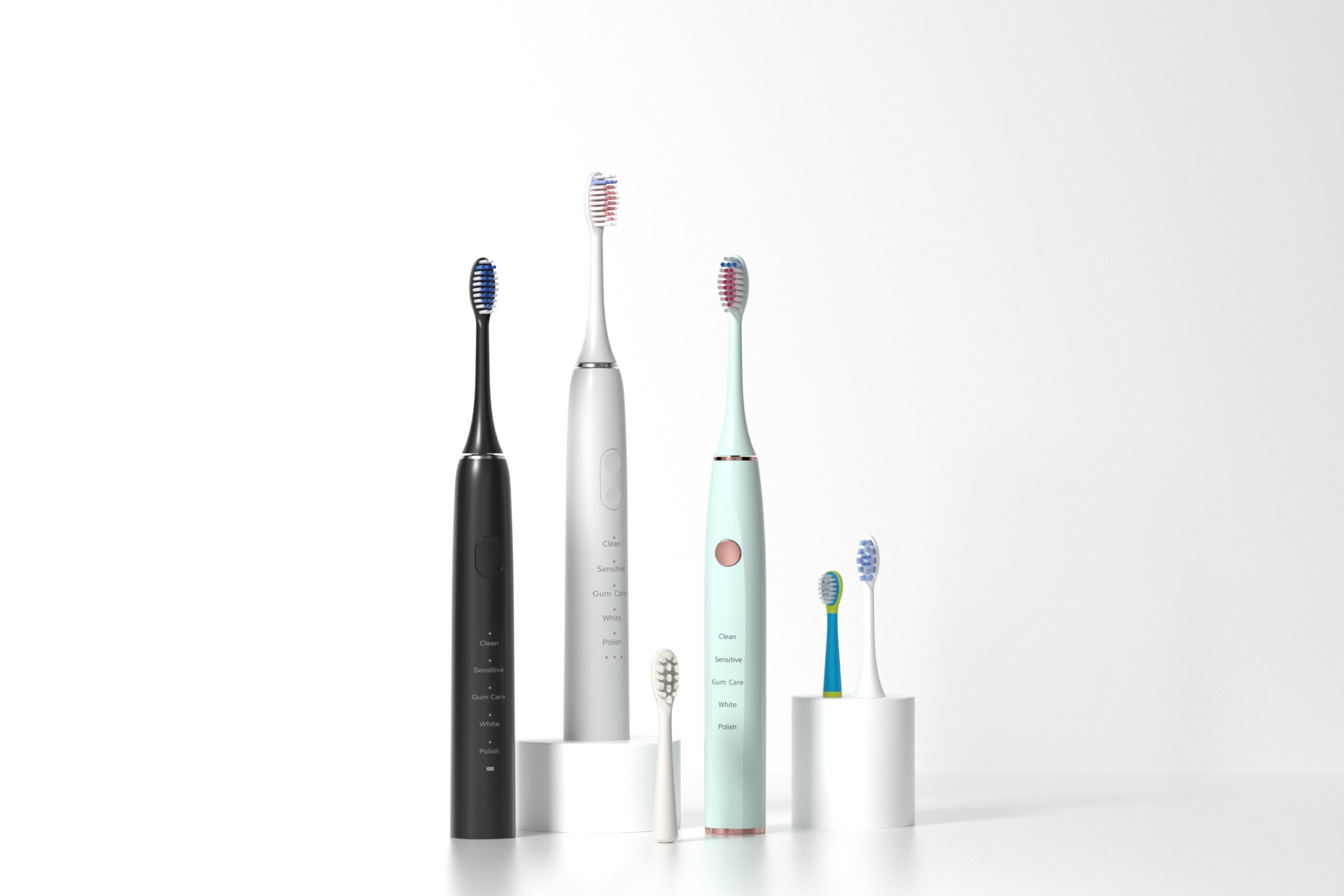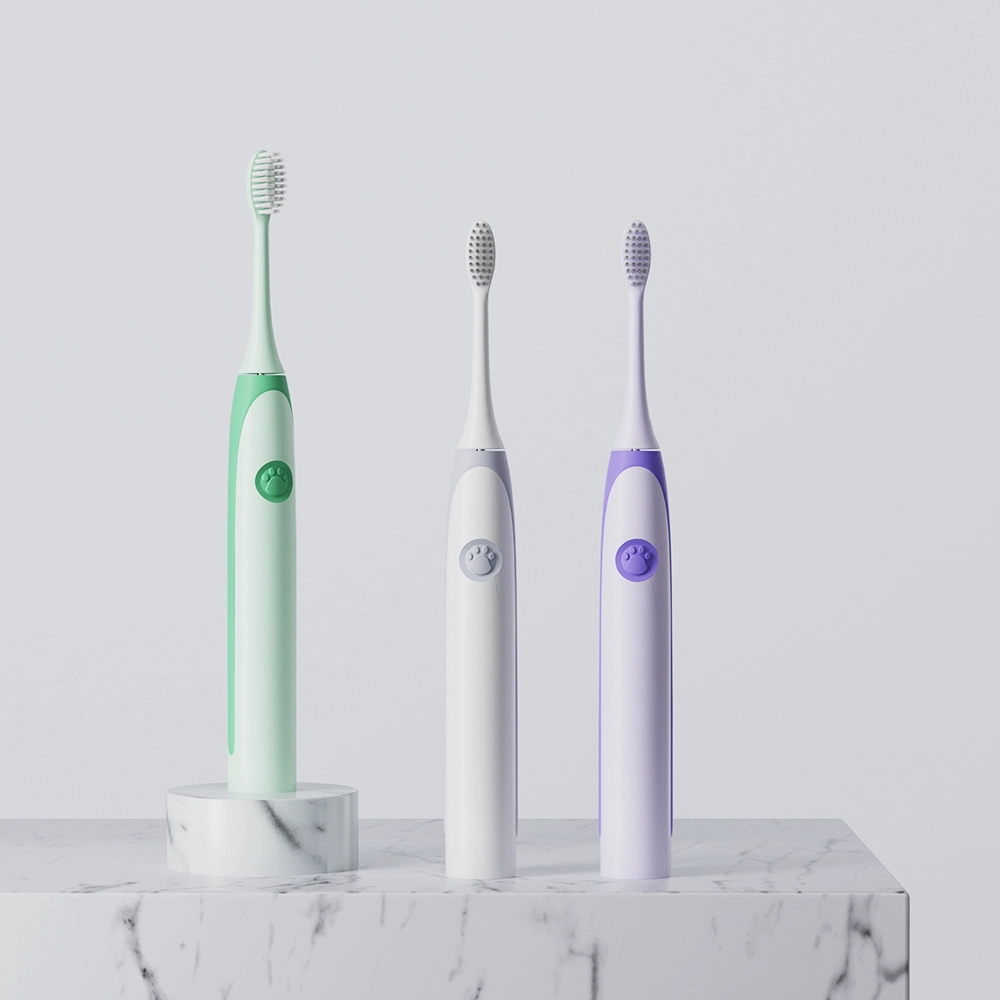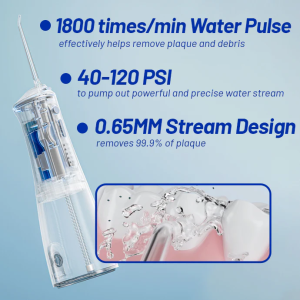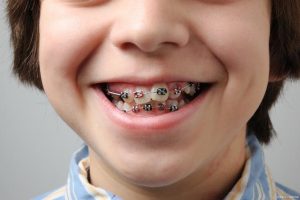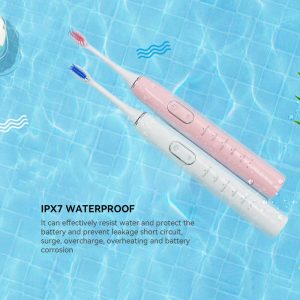In the rapidly evolving market of personal care devices, manufacturers face numerous challenges in ensuring consistent performance and user satisfaction. One overlooked factor contributing to suboptimal results is Charging Base Instability, which can directly influence device performance and effectiveness. Specifically, Whitening Inefficacy in products like teeth whitening devices can be worsened when the charging base fails to maintain a stable connection. In this blog, we explore the relationship between charging base instability and whitening performance, as well as strategies to address these issues for optimal product efficacy.
Understanding the Role of Charging Bases in Device Performance
For electric toothbrushes/whitening pens, charging bases ensure full-capacity operation. A stable charging connection powers the battery sufficiently, crucial for high-performance devices to achieve optimal whitening. However, Charging Base Instability—such as loose connections, improper voltage regulation, or wear and tear on charging components—can significantly impact the device’s operation, leading to Whitening Inefficacy. If the device is not charged properly or is constantly losing power, it will fail to deliver the required intensity for effective whitening.
The Impact of Charging Base Instability on Whitening Devices
Unstable charging base power causes uneven whitening pen light or erratic electric toothbrush motions. These malfunctions can result in the device being unable to perform at its best. Specifically:
- Power Fluctuations: Unstable connections lead to inconsistent charging, which can cause the device to underperform, thus affecting whitening results.
- Battery Drain: Incomplete charging causes premature power loss during use, shortening whitening.
- Operational Delays: Loose/faulty charging bases delay device startup, cutting effective whitening time.
These issues ultimately lead to Whitening Inefficacy, as the device is not operating optimally, reducing the effectiveness of the whitening treatment
How Charging Base Instability Exacerbates Whitening Inefficacy
The connection between Charging Base Instability and Whitening Inefficacy is clear in whitening devices’ performance. A few key effects include:
- Inconsistent Whitening Cycles: Whitening devices require a consistent power supply to run their cycles effectively. Charging issues that interrupt power can cause the whitening process to operate incompletely or unevenly.
- Reduced Whitening Power: Undercharged LED/UV devices cannot reach required intensity, reducing treatment effectiveness.
- Frustrated Users: Inconsistent whitening device performance triggers negative reviews/returns.
Ensuring a stable charging base is crucial for maintaining consistent results and user satisfaction.
Identifying the Root Causes of Charging Base Instability
To mitigate the issues caused by Charging Base Instability, it’s essential to understand its root causes. Some common contributors include:
- Wear and Tear on Connectors: Over time, frequent plugging and unplugging can cause wear on charging connectors, leading to loose connections or inconsistent power delivery.
- Incompatible or Faulty Charging Cables: Low-quality or damaged charging cables may fail to provide a stable connection, resulting in unreliable charging performance.
- Poor Manufacturing or Design: Inadequate design of the charging base or poor manufacturing quality can result in electrical connection issues, affecting the power supply.
- Environmental Factors: Dust, moisture, and temperature fluctuations can degrade charging base performance over time.
By addressing these causes, manufacturers can prevent the instability that leads to poor whitening results.
Strategies for Preventing Charging Base Instability and Improving Whitening Performance
To reduce the risk of Charging Base Instability and improve Whitening Inefficacy, manufacturers should implement the following strategies:
- Invest in High-Quality Components: Use durable materials for connectors, charging cables, and bases that are resistant to wear and tear. Quality components ensure stable charging connections.
- Redesign for Enhanced Stability: Consider redesigning the charging base with more secure connection points and improved power regulation features to ensure stable voltage delivery.
- Add Protective Features: Integrating features such as anti-corrosion coatings and moisture-resistant components can help maintain the charging base’s integrity.
- User Education: Educate consumers on proper device care, such as cleaning the charging base regularly to prevent dust buildup, and ensuring the device is securely placed in the charging base.
- Regular Testing and Quality Control: Conduct rigorous testing and quality control during manufacturing to ensure that each device and charging base meets high standards of durability and performance.
Implementing these strategies will help prevent instability and maintain optimal whitening effectiveness.
Future Innovations and the Path Forward
As technology continues to evolve, future innovations in charging technology and device design will help mitigate the risk of Charging Base Instability and improve whitening results. For instance:
- Wireless Charging Solutions: Advances in wireless charging technology could eliminate mechanical connectors and ensure more stable and efficient charging.
- Smart Charging Bases: The development of smart charging bases with diagnostic features could alert users to potential issues with the power connection before they affect device performance.
- Energy-Efficient Whitening Technologies: New energy-efficient technologies may reduce the power demand of whitening devices, helping to extend battery life and reduce the impact of unstable charging.
By staying on top of emerging technologies, manufacturers can provide customers with reliable, high-performance products that deliver consistent results.
Conclusion
The connection between Charging Base Instability and Whitening Inefficacy underscores the importance of product reliability and design in ensuring optimal user experience. Manufacturers must address charging base issues and optimize power delivery to ensure that whitening devices perform effectively throughout their lifespan. By focusing on durable components, improving design, and embracing innovative solutions, companies can ensure consistent whitening performance and greater customer satisfaction.
Interested in learning more about optimizing charging bases and improving device performance? Contact us today to explore customized solutions that enhance both reliability and whitening efficacy.
